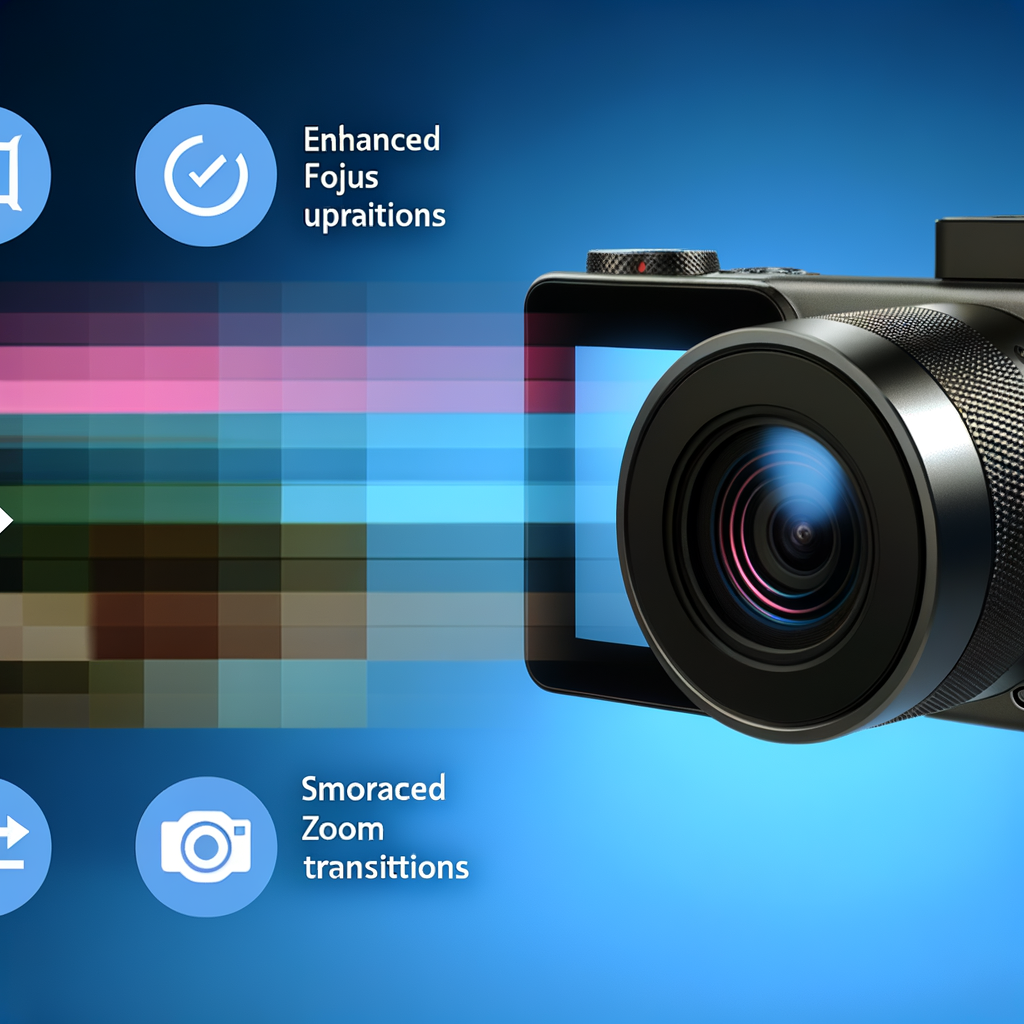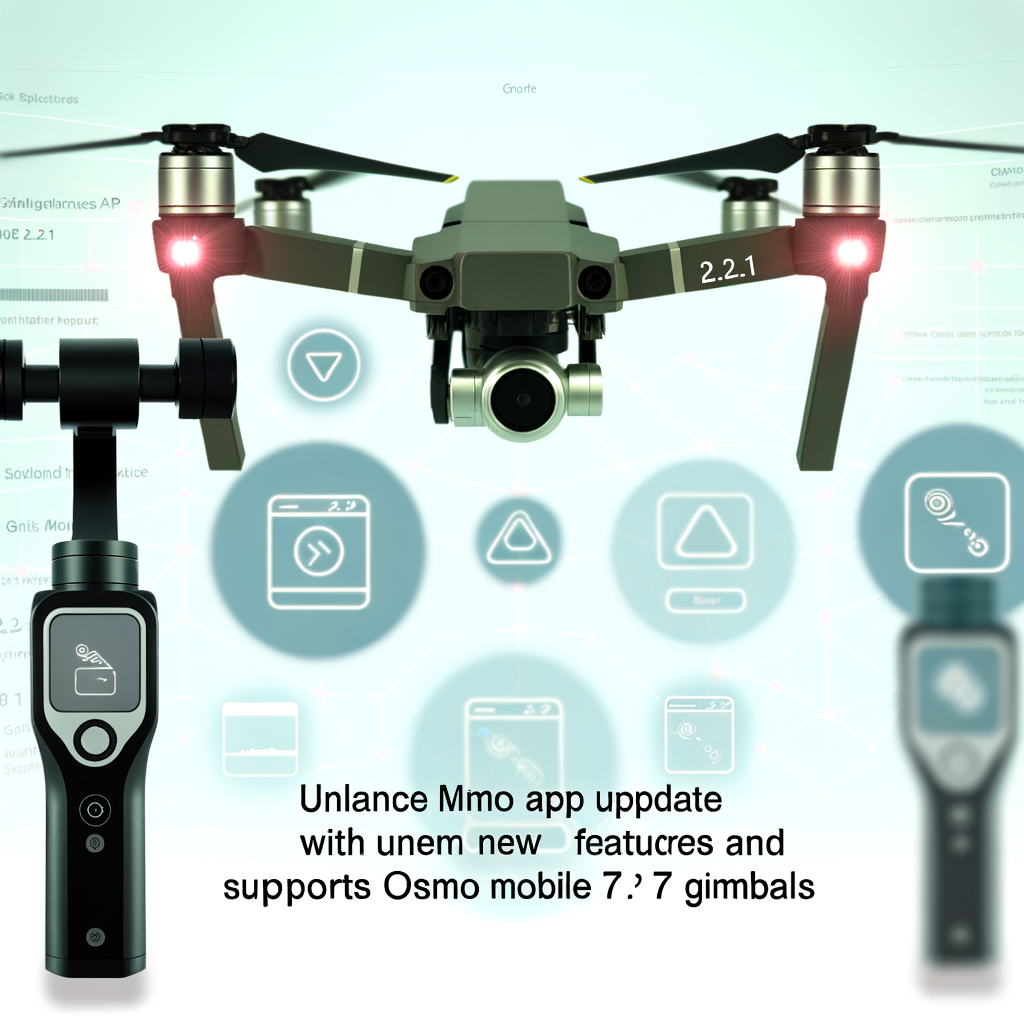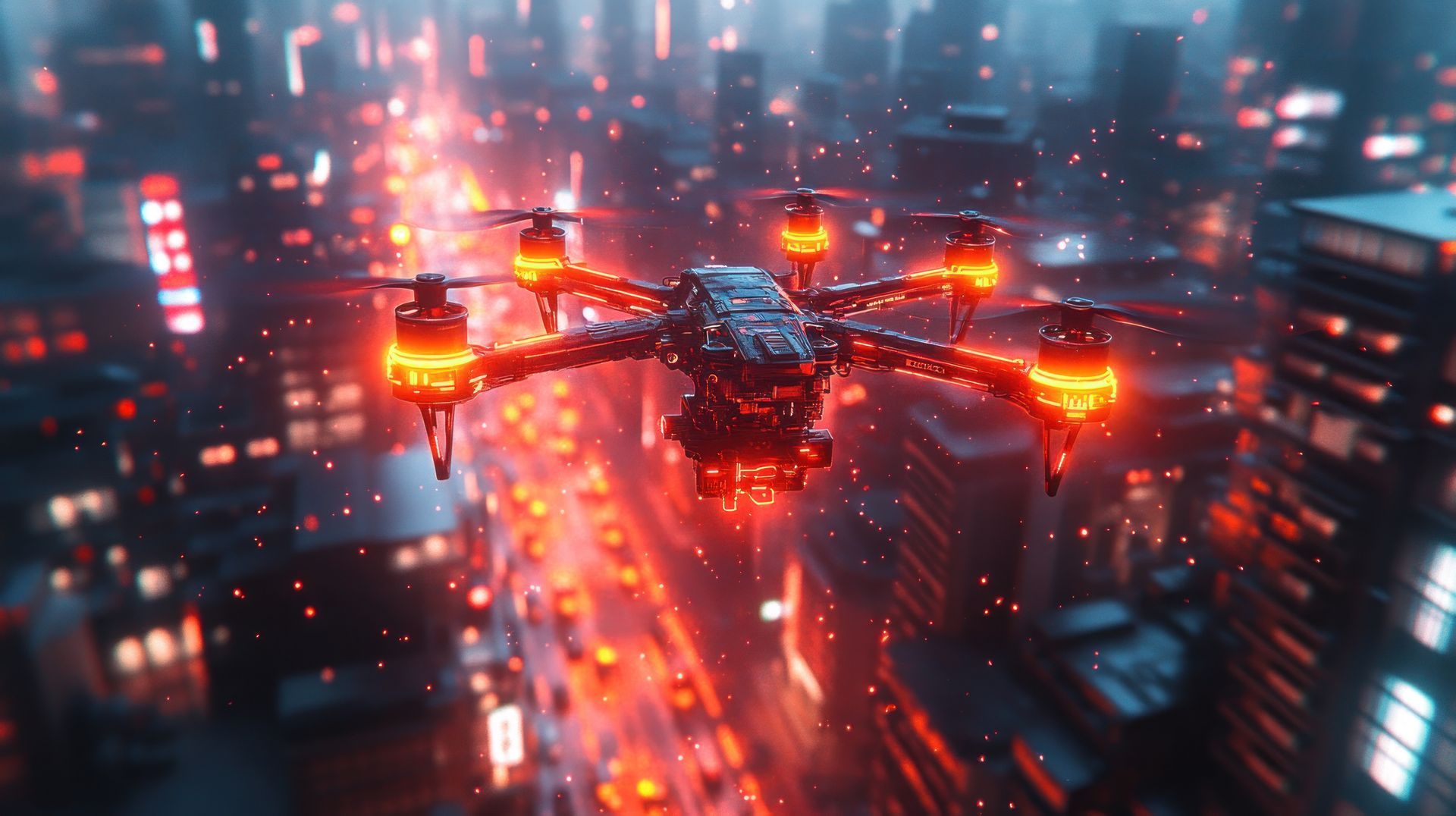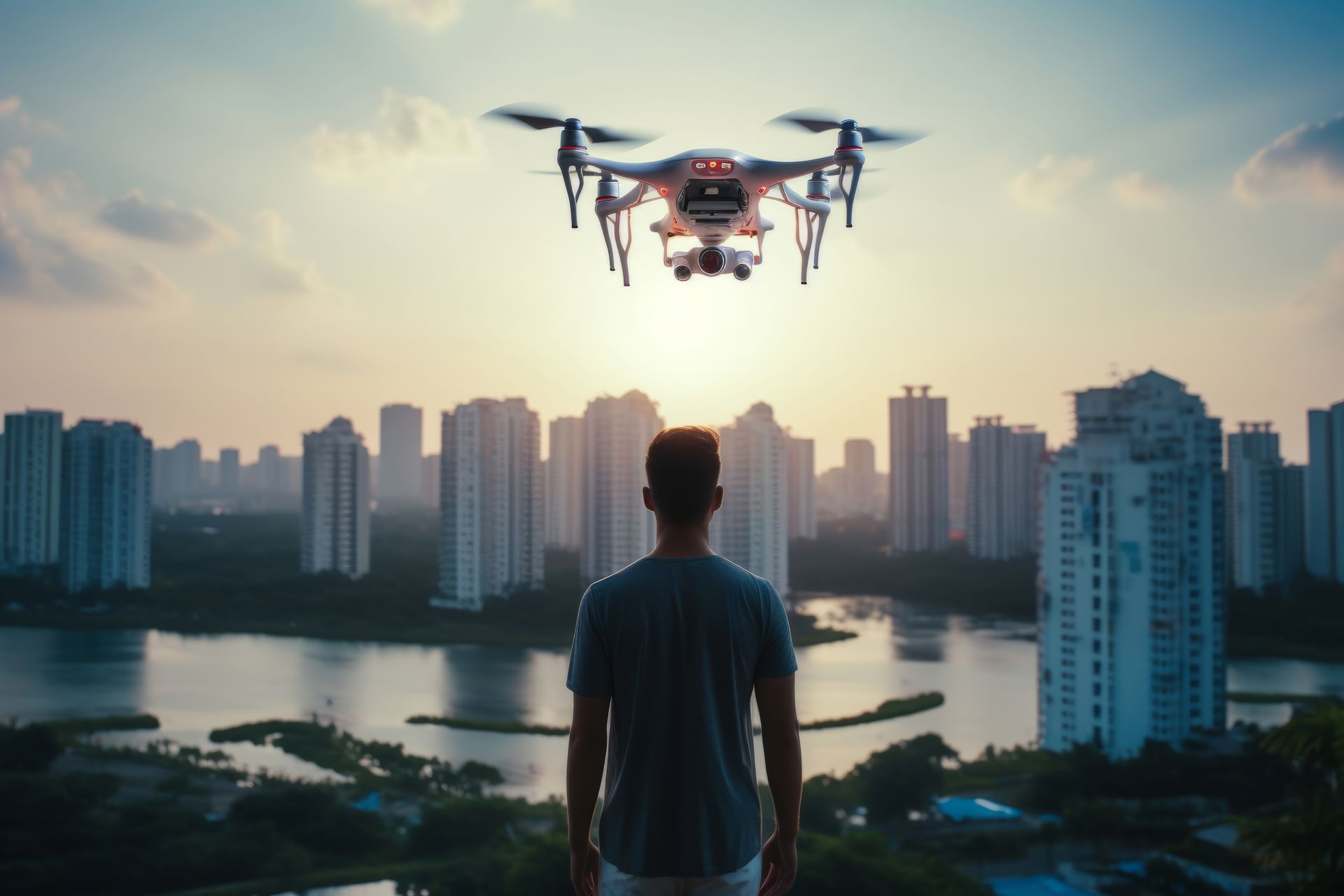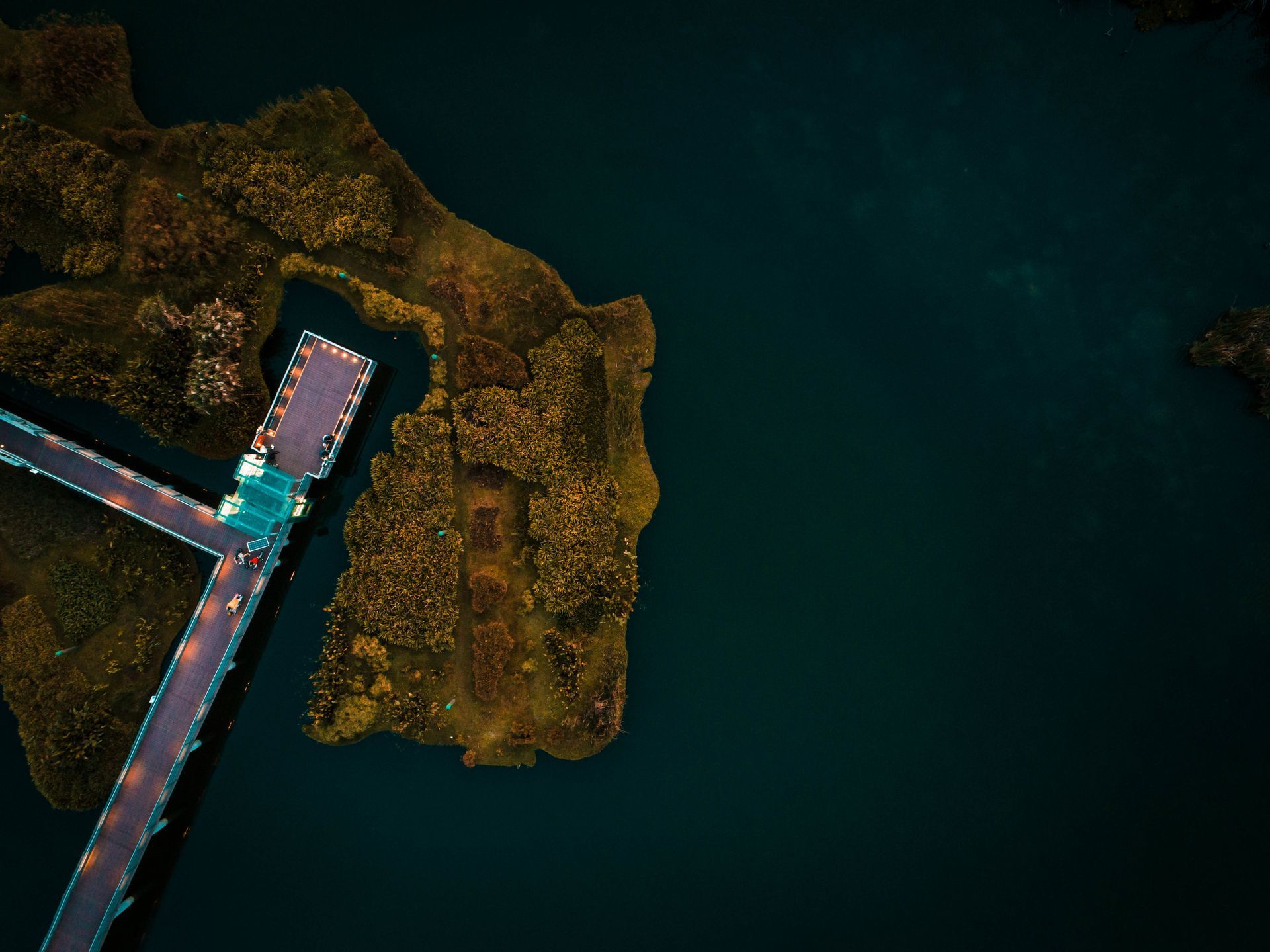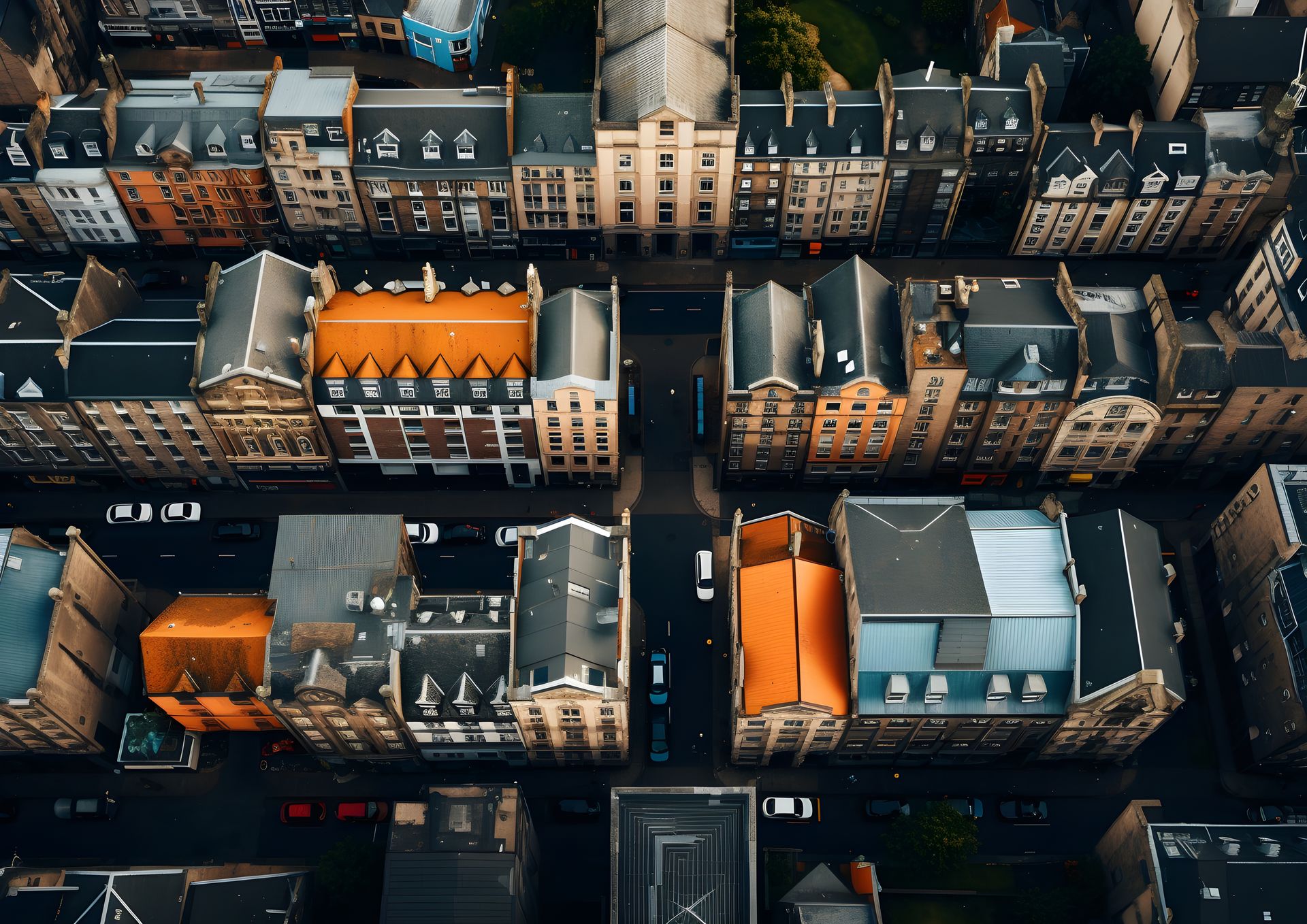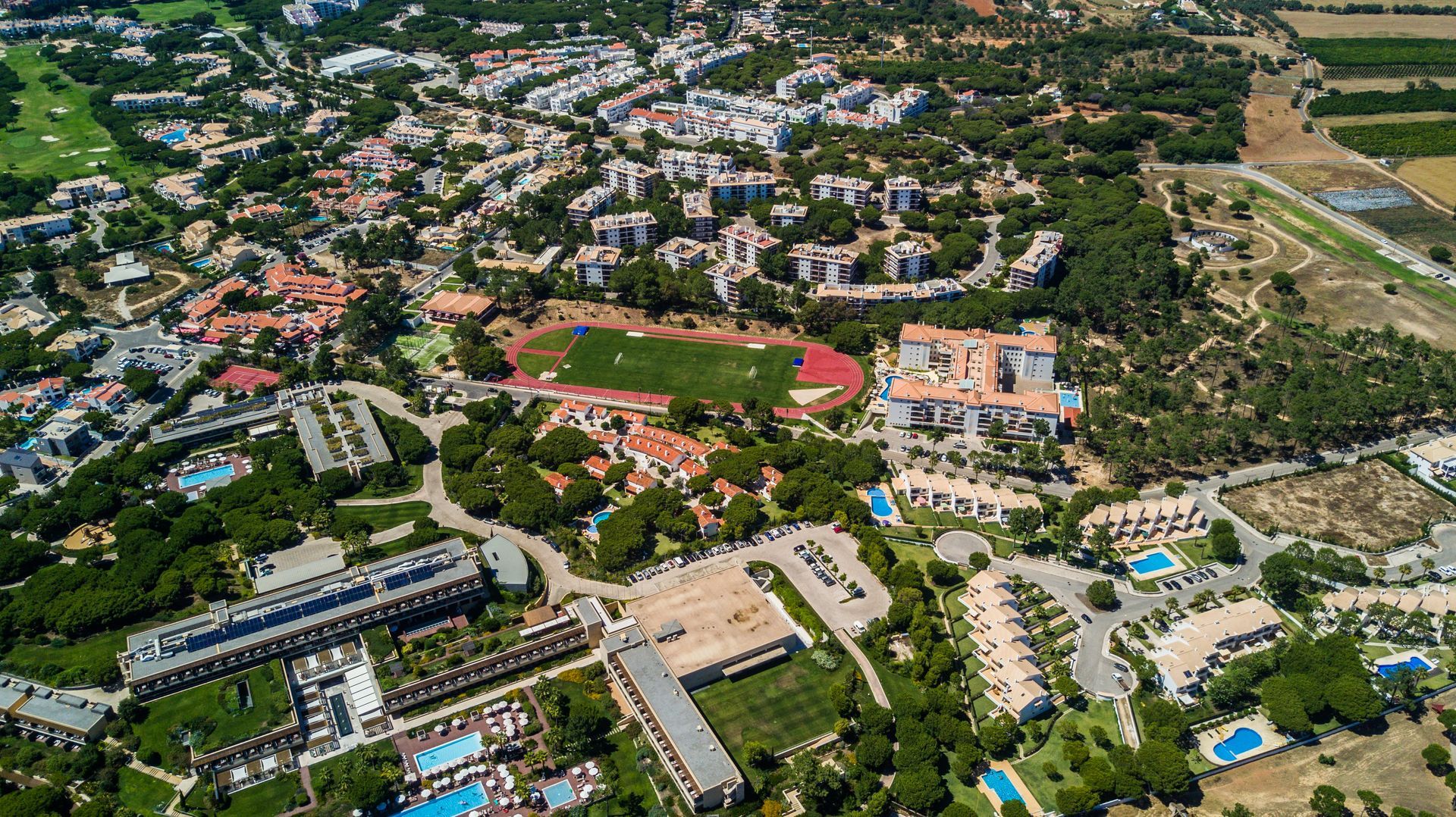What Are The Different Types Of Drones?
James Foster • October 17, 2023
Drones, also known as Unmanned Aerial Vehicles (UAVs), come in various types, each designed for specific purposes and user needs.
Here are the different types of drones available in the market:
- Fixed-Wing Drones: Shaped like traditional airplanes, these drones have fixed wings and are highly efficient in forward flight. They are suitable for mapping, surveying, agriculture, and long-distance reconnaissance.
- Multirotor Drones:
- Quadcopters: These drones have four rotors and are widely used for photography, videography, recreational flying, and aerial surveys.
- Hexacopters and Octocopters: Drones with six or eight rotors, providing increased stability, lifting capacity, and redundancy. They are often used for heavy payload operations and industrial applications.
- Single-Rotor and Dual-Rotor Helicopters: These drones have one or two large rotors, typically used in specialised applications like heavy lifting, cargo transportation, and military operations.
- Hybrid VTOL Drones: Take-Off and Landing (VTOL) drones combine features of both multirotors and fixed-wing drones. They can take off vertically like a quadcopter and transition to fixed-wing flight for efficient cruising.
- Nano Drones: Extremely small and lightweight drones designed for indoor flight or short-range outdoor flights. They are usually inexpensive and popular for recreational use.
- Racing Drones: Specifically designed for high-speed racing competitions. Racing drones are lightweight, agile, and built for speed, often equipped with FPV (First Person View) systems for the pilot.
- Consumer Drones: Drones designed for recreational purposes, aerial photography, and videography. They are user-friendly, equipped with cameras, and come in various price ranges to cater to different budgets.
- Professional Drones: High-end drones with advanced features, high-quality cameras, longer flight times, and more robust build quality. They are used by professionals in industries like filmmaking, agriculture, surveying, and mapping.
- Military and Defence Drones: Drones used for military and defence applications, including reconnaissance, surveillance, search and rescue, and target acquisition. They vary in size and capabilities based on the mission requirements.
- Payload Drones: Drones designed to carry specialised payloads for specific tasks, such as thermal cameras for search and rescue, LiDAR systems for mapping, or agricultural sensors for crop monitoring.
- Autonomous Drones: Drones equipped with advanced autonomous features, including obstacle avoidance, autonomous flight paths, and automated mission planning. They can perform complex tasks with minimal manual intervention.
- Hybrid Drones: Drones that combine features of multiple types, such as a combination of fixed-wing and multirotor capabilities, providing versatility and adaptability for various applications.
Understanding the different types of drones and their capabilities is essential in choosing the right drone for a specific purpose or
industry. Each type has its advantages and is suited for particular applications, so it's important to select a drone that aligns with your
requirements and objectives.


